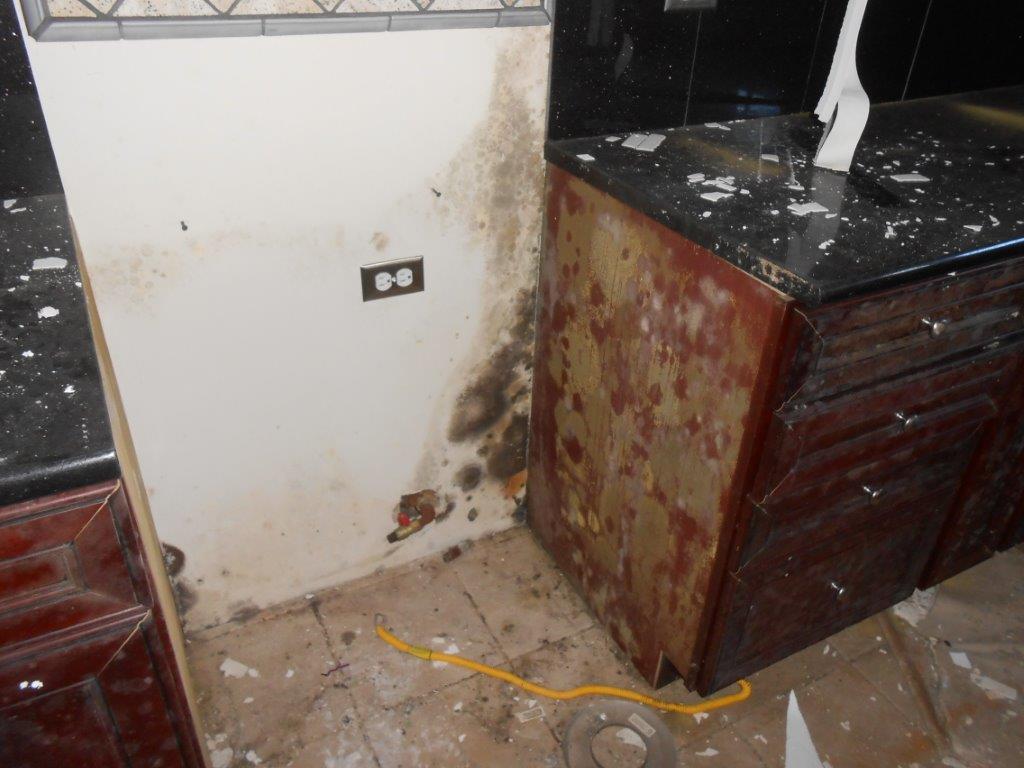For any restaurant owner, a health inspection is a stressful process. No matter how clean and polished your establishment is, you’ll always dread that inevitable visit, where everything you have and do will be inspected under a microscope — metaphorically and literally.
A proper visit from health inspection means that people in charge of checking up on you will get in everywhere — prep surfaces, groceries, refrigerators, and freezers are just some of the areas where they will stick their curious noses in.
Depending on how tight a ship you’re running, health inspection can be either mildly or highly stressful. All health inspectors are prone to nit-picking — after all, it’s their job to make sure you don’t get your customers sick (or worse). So, we must forgive them their attention to detail, no matter how frustrating.
If the health inspection finds a minor issue at your restaurant, they will allow you to resolve it before their next visit (that will come really quickly). However, that doesn’t mean you should relax and let minor issues slip your attention. If there are a lot of them, or if the inspection finds a big problem, your restaurant can get shut down. A hefty fine and the bad press that follow a health inspection closure are awful for business. Therefore, you should avoid these significant issues at all cost.
The Usual Culprit — Mold
One of the most significant issues a health inspection can find is mold. The dreaded mold doesn’t mix well with anything, let alone food, so eradicating it everywhere it pops up should be your number one priority. Often times you can’t see it, but you may smell the distinctive smell of moisture. That is also a sure sign that you may have a mold problem, and you shouldn’t ignore it. However, you also shouldn’t panic. While mold is a severe issue, we can definitely get rid of it.
What Causes Mold to Appear
If you suspect that mold has indeed infected your dining establishment, there’s no time to waste. Calling an expert to come in and inspect your restaurant and deal with the potential problem is the best course of action. What’s more, an expert will also help you understand how to avoid future mold problems. However, it’s also important to be aware of the most common causes of mold in restaurants.
The bad news is that mold loves the moist, warm environment. Kitchens, bathrooms, and storage rooms are the ideal places where mold can make its new home and bloom. What’s more, restaurants have a lot of surface area that’s moist or damp, and that isn’t aired or dried-out very often. If we don’t use the area in question frequently, mold will bloom quite quickly and potentially overtake the entire kitchen and prep area.
Mold usually loves damp, undisturbed areas with low light. Therefore, we’ll often find it:
- Under the sinks
- Behind freezers and refrigerators
- Close to the ceilings
- On the floor
- In the pantry
- Around the microwave
Unfortunately, mold often goes unnoticed in most of these areas. Because you’re focusing on the dining area so much — keeping it clean and presentable — you often overlook how kitchens and bathrooms slowly become infected by mold. However, mold can quickly spread and take over the front of your restaurant. So, leave no stone unturned (and no area uncleaned) when you’re cleaning the restaurant or checking for mold.
Mold is airborne and therefore quite hazardous for the health. Common mold can cause skin and respiratory issues while more serious types like the black mold or toxic mold can get your staff and customers seriously ill.
How to Get Rid of Mold in a Restaurant
We have to be on alert at all times since mold is quite sneaky. It can be quite hard to detect mold. After all, how often do you move your freezers to check what’s behind them? Probably not often enough. Even the smell of mold is a significant reason for concern. What’s more, it’s often the number one way to detect you have a problem — other than spotting mold with the naked eye, of course.
After you detect mold in your establishments, you need to move quickly and remove it for good. But here’s the catch 22 — you should remove mold quickly, but if you do it unprofessionally, it can cause even more trouble. Because it’s airborne, mold can travel far distances really fast. If you disturb a pocket of mold without knowing precisely what you are doing, you might trigger a restaurant-wide infestation. What’s more, disturbing the mold can also lead to a not-so-pleasant smell of mold spreading everywhere. Talk about a turn-off! A strong smell will alert not only your customers but also health inspection.
The professionals at Mold Solutions have the right tools and expertise to remove mold efficiently and without the hazard of worsening the problem. So if you see mold — don’t touch it. Call for help and get a thorough diagnosis. If your restaurant has been closed due to a mold issue, you will need the paperwork to prove that the problem was handled by professionals and cleared, before you get the green light to re-open your dining institution.








